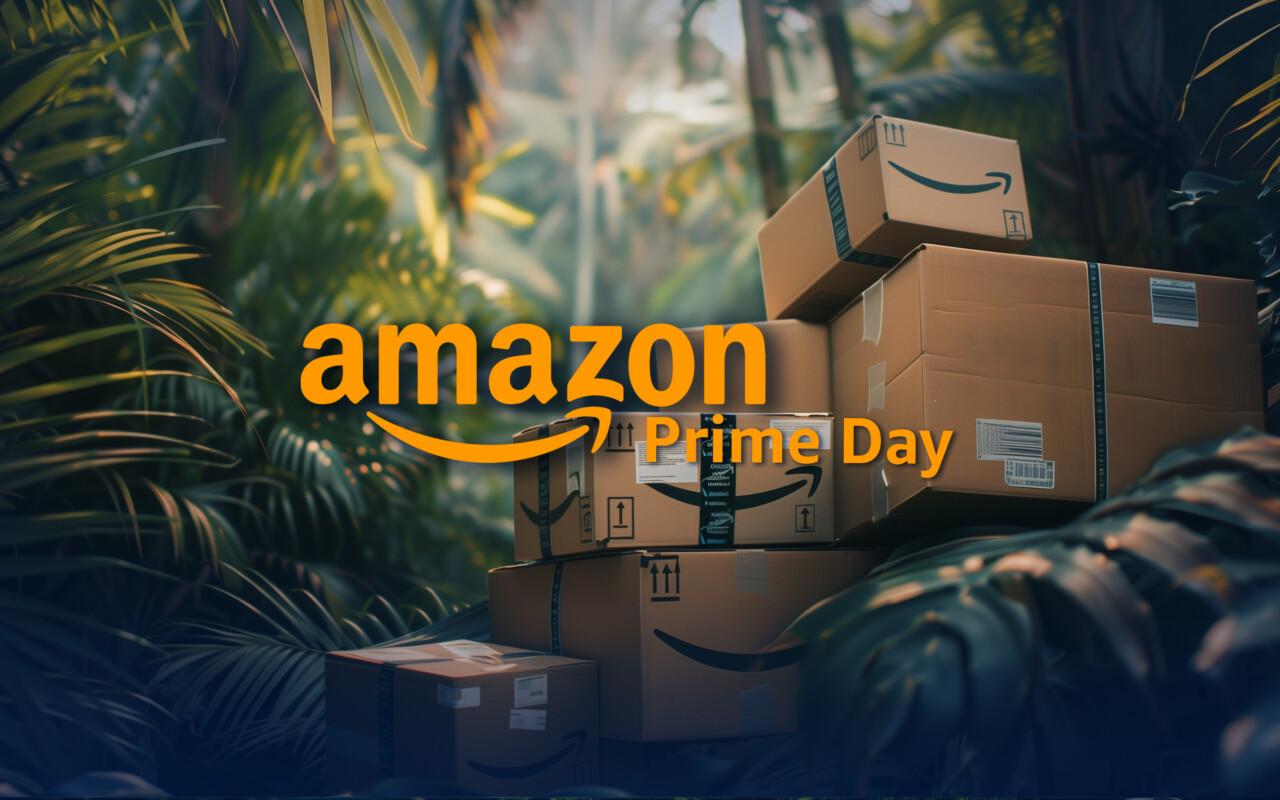While Amazon offers growth potential and internationalisation opportunities for companies of all sizes, being there does not automatically make you blessed. There are all kinds of stumbling blocks that can slow down a company’s journey into the rainforest’s depths.
Unfortunately, we have often heard companies that have tried selling on Amazon say that ‘Amazon did not offer enough potential’. This may well be true, and the time may not yet have been ripe for Amazon’s conquest. Or the journey may simply have been bogged down by some of the typical mistakes that many expeditions to Amazon encounter.
In this blog post, we’ll go through six of the most common stumbling blocks when going to the Amazon – and, of course, how you can avoid them.
1. Your product doesn’t stand out in the online shopping jungle
Just having a good product doesn’t guarantee Amazon success. Your product must offer something new, different or unique compared to your competitors. At its simplest, it could be a distinctive colour or an extra feature that your competitors don’t have.
In some Amazon product categories, it is possible to succeed simply by positioning your product better than your competitors. Think about what unique feature sets your product apart from other options on the market? For example, high-quality, eye-catching packaging or stylish product images will inspire more trust in customers than a cheap-looking product with no packaging.
It is important to verbalise and summarise the benefits of your product in a clear and attractive way on the product’s sales page, which on Amazon is called a product listing. The customer needs to get a quick idea of what the competitive advantages of your product are and what added value it offers to their buyer.
2. You didn’t dive deep enough into Amazon’s data pool
Amazon is the world’s largest data pool, which can provide information on market trends, competitive landscape, customer needs, pricing and your product’s potential before you even start selling. A shallow dive into Amazon data and a lack of background work can, in the worst case, lead to choosing the wrong path at the very beginning of your Amazon journey.
Amazon data can be accessed by studying and analysing competitor listings. However, this can be time-consuming and challenging, which is why various tools on the market can be used to help structure the data. These tools include Helium10, Sellics, Jungle Scout and AMZScout.
By looking at competitor listings or using tools such as these, you can find out which products are currently popular, what customers are looking for, how much competition there is in the category and the price trends of competing products.
3. You are unable to tame Amazon’s algorithm
Success on Amazon is a game of algorithms. The competition to be king of the jungle is fierce, and Amazon’s algorithms have a major impact on which products are displayed and get attention.
Taming the algorithm can be a problem right from the start, as the launch of a product starts the so-called salesBOOST phase, where Amazon’s algorithm favours new product listings for about four weeks. During this phase, it is essential to monitor and optimise product listings on a daily basis to maximise organic sales.
To continuously manage the algorithm, it is essential that 1) the product listing is of high quality and 2) the algorithm understands what your product is about. A well-crafted and attractive listing will usually convert efficiently, which will cause the algorithm to give an extra boost to the product. The right terms and keywords, along with a clear product description, will in turn help the algorithm understand what your product is and which search results it should be associated with.
It is unfortunate for the seller that Amazon no longer reveals the exact details of the inner workings of its algorithm. You can search the web for information from a variety of sources, but the most instructive is usually continuous monitoring, optimisation and your own practical experiments.
4. You’ve forgotten about continuous optimisation
If you read the previous point carefully, you already know that to win over the Amazon algorithm, you need continuous optimisation. If you don’t optimise your product listings regularly, it’s easy for your products to get lost in the shuffle and stop reaching potential buyers.
Trends change, competitors evolve and new products are constantly appearing on the market. For example, search terms are constantly evolving; terms that customers use to search for products today may not be relevant in a few months.
In practice, optimisation means systematically reviewing and updating elements of the product listing, such as the title, images, product description, keywords and prices. The product itself, its features and packaging can also be developed in a way that consumers prefer.
It is essential to stay up to date with market trends and the state of competition. Regularly monitor listings and competitors, monitor customer feedback and make use of analytics from Amazon. Continuous optimisation is a process that requires regular monitoring and making changes as needed.
Does continuous optimisation sound like a chore and would you rather spend your time doing what you do best? Get help from the experienced travel guides at YAP Growth
5. You can’t get good reviews for your product
If there are two very similar and equally good products to compare, the customer is more likely to choose the one with more positive product reviews. Therefore, good product reviews play an important role in Amazon’s success.
Good and bad products attract the most product reviews, “just good” products less so. Therefore, the most important thing is that the product is of high quality and even exceeds customer expectations. Satisfied customers are most likely to leave a review. Good customer service also has a role to play in turning even a poor buying experience into a positive one.
Amazon is now very strict about asking for reviews, so it is not worth taking questionable steps such as asking for good reviews only. Reviews can and should be requested directly from customers who have made a purchase and the process should be made as smooth as possible, for example by adding a clear link to the order confirmation email or a simple instruction on the product packaging.
6. You are not taking advantage of Amazon advertising
Very few products sell themselves, at least at the beginning of their Amazon journey. Advertising within Amazon provides early visibility for the product, which can then be reduced as the product listing starts to gain organic visibility.
Advertising on Amazon is done through Amazon’s own advertising tool, Amazon Advertising, or through other third-party tools on the market. Amazon Advertising allows you to potentially reach shoppers when they are actively searching for products and performing searches related to your product category.
Amazon Advertising allows you to target your ads based on specific keywords, product categories, demographics, past purchases, and track the performance of your ad campaigns.


